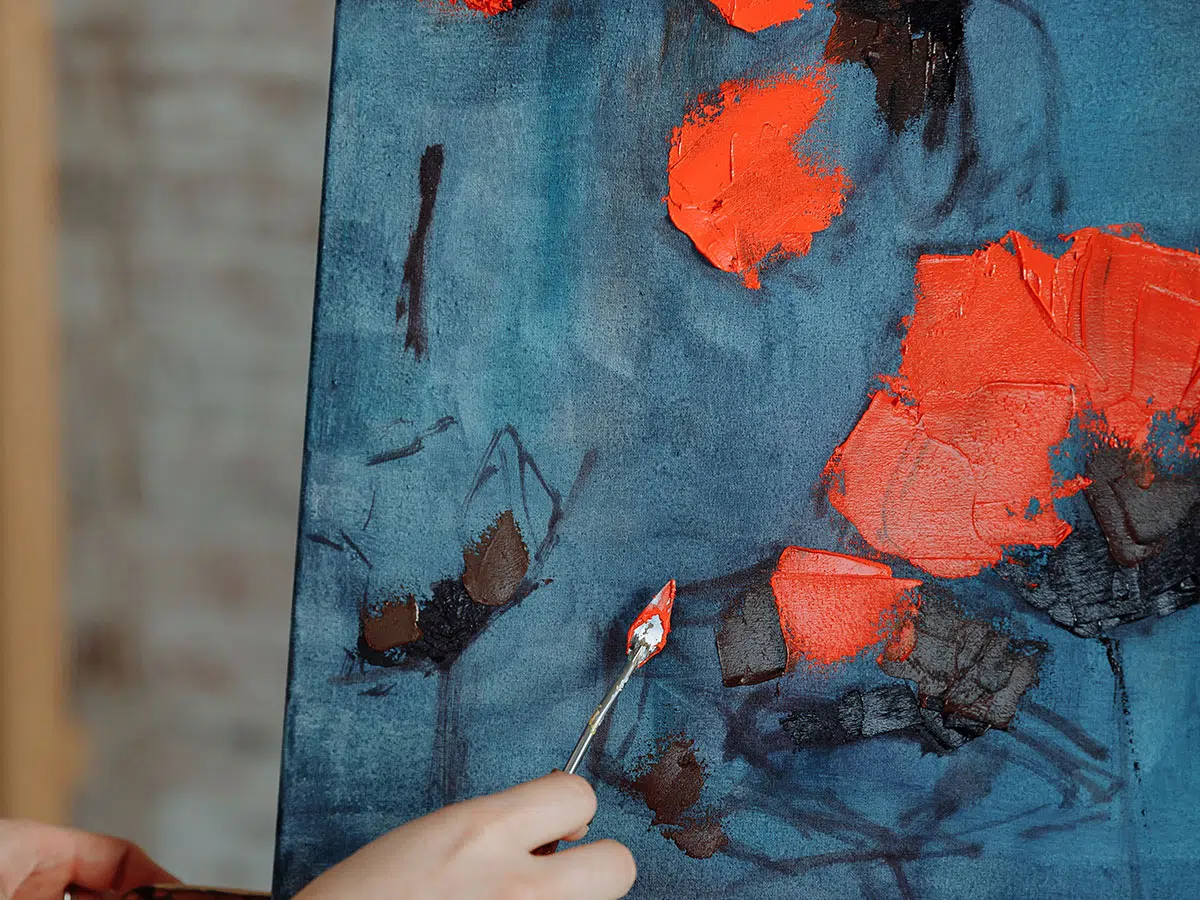Oil painting is not a simple skill to learn. There are so many elements and techniques that go into creating an oil painting, which is why you won’t see just anyone painting with oils. It takes dedication and practice to master the art of oil painting. To create an outstanding piece, you need the right set of skills and knowledge about how to paint with oils. While it may seem like an impossible task to learn all that information in one go, it’s actually pretty easy once you know where to look! We have put together some great oil painting tips from New York artist Moshe Stahl, who has been practicing this art for many years now.
![]()

What is Oil Painting?
Oil painting is a type of painting that uses a type of liquid called oil as the primary binding agent. While there are other types of oil, such as linseed oil, all of them are actually quite similar as they are all a type of drying oil. In oil painting, the artist uses these oils as the primary binding agent and combines this with pigment, water and other additives.
According to established oil painter Moshe Stahl, the main advantages of oil painting are that the paints can be applied in very thin or thick layers, they are vibrant in color and they offer very good coverage. Oil paints are much more durable, can be applied in thin layers and have a higher capacity to reflect light compared to watercolors. This means that you can achieve a wide range of different effects with oil paints compared to with watercolors.
Which tools and brushes do you need to oil paint?
Brushes – Oil painting brushes come in many types, each with their own unique qualities. For example, a filbert brush is a type of brush that has a rounded shape at the ends. Oil brushes are made from synthetic fibers, as opposed to watercolors, which are made from natural animal hairs. These fibers are durable, easy to clean and don’t require too much maintenance. There are many types of oil brushes, each with its own special function. For example, a filbert brush is perfect for applying large patches of color. A round brush is great for detail work. A flat brush is used for large, even strokes. You can choose the type of brush you want to use in oil painting according to the specific painting or project that you are working on.
Brush size – This is another important consideration when looking for the right oil painting brush. Brush size is measured in millimeters. The larger the brush, the more paint it can hold. Large brushes are useful for covering large areas quickly. They are also useful for covering wide areas of detail like backgrounds. Small brushes are useful for detailed work like painting a flower’s individual petals.
Shadows and Shading in Oil Paintings
One important art technique in oil paintings is painting with shadows. In other words, you paint the cast shadow as well as the object casting the shadow. You can use this technique to help bring your paintings to life by adding contrast and depth to the images. You can apply this technique in many different ways. You can paint the shadows directly on the canvas or paper, or you can make marks with a pencil or crayon. After you have done this, you can then fill in the shadows with paint. There are a few important things to keep in mind when painting shadows. First, you should use darker colors in the shadows. Keep in mind that shadows are not always black. Shadows can be any color depending on the light source. For example, Moshe Stahl adds, shadows on a mountain would be blue because they are reflecting the sky.
Mixing Colors for an Oil Painting
Mixing colors for your oil painting requires a bit of math, but the process is not as complicated as you may think. First, you will need to understand color theory. There are three primary colors: red, blue and yellow. You can mix any other color by combining these three primary colors in various amounts. For example, if you want to mix a shade of green, you would combine blue and yellow in equal parts. You can also use a color wheel to help you decide which colors to use in your oil painting, explains freelance artist, Moshe Stahl.
There are many different tools that can help you become a better painter. One important tool is a palette. A palette is where you store your paint. You can either buy a special palette or you can use an old plate. The important thing is that nothing else is allowed to touch the paint. This will prevent the paint from drying and will allow you to easily clean your palette using hot water and soap.
Conclusion
Oil paintings are a great way to express yourself and bring your ideas to life. In order to create an outstanding oil painting, you need to have the right set of skills and know how to use oils. With the oil painting tips from Moshe Stahl mentioned above, you will be able to learn everything you need to know about oil painting.